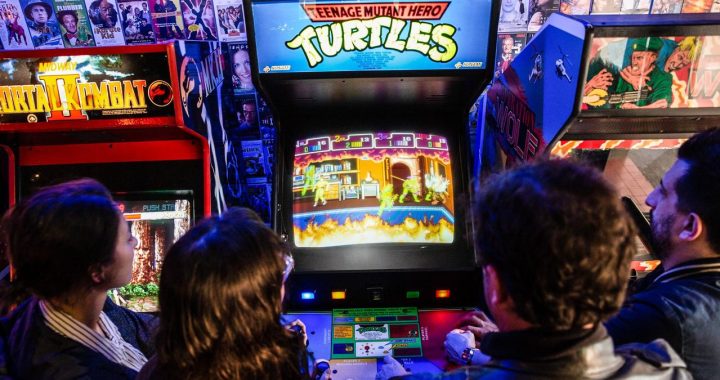It’s Saturday night in Newtown, in Sydney’s inner west, and young patrons pack into the 1989 Arcade Bar, a venue named after a year that predated most of them.
The 1989 has a collection of arcade cabinets and pinball machines from the 1980s and 90s — Space Invaders, Teenage Mutant Hero Turtles, Mortal Kombat, Street Fighter and The Simpsons, among others.
Business is booming at the venue, where an arcade game costs $1, Ghosts ’n Goblins is free and Space Invaders is a late 20th-century 20c.
| 1989 has a collection of arcade cabinets and pinball machines from the 1980s and 90s — Space Invaders |
Many patrons are students from nearby University of Sydney and University of Technology Sydney, caught up in the nostalgia that’s sweeping the earth for the tech of yesteryear.
Owner Ben Campbell says the bar started with four arcade games in May 2017. The floor now has 29 cabinets and retro consoles, giving Campbell a unique perspective on their revival.
“I can see why the younger generation are into retro games — it’s because of their parents,” he says. “There’s also this really attractive thing about old-school games and how simple they are.
“Patronage-wise, we definitely get the old generation — people in their 50s to 40s are definitely pinball guys. Then you get mid-40s down to early 30s who are into stuff I love, like the Ninja Turtles, Street Fighter, NBA Jam, all these things that they played when I was about 11.”
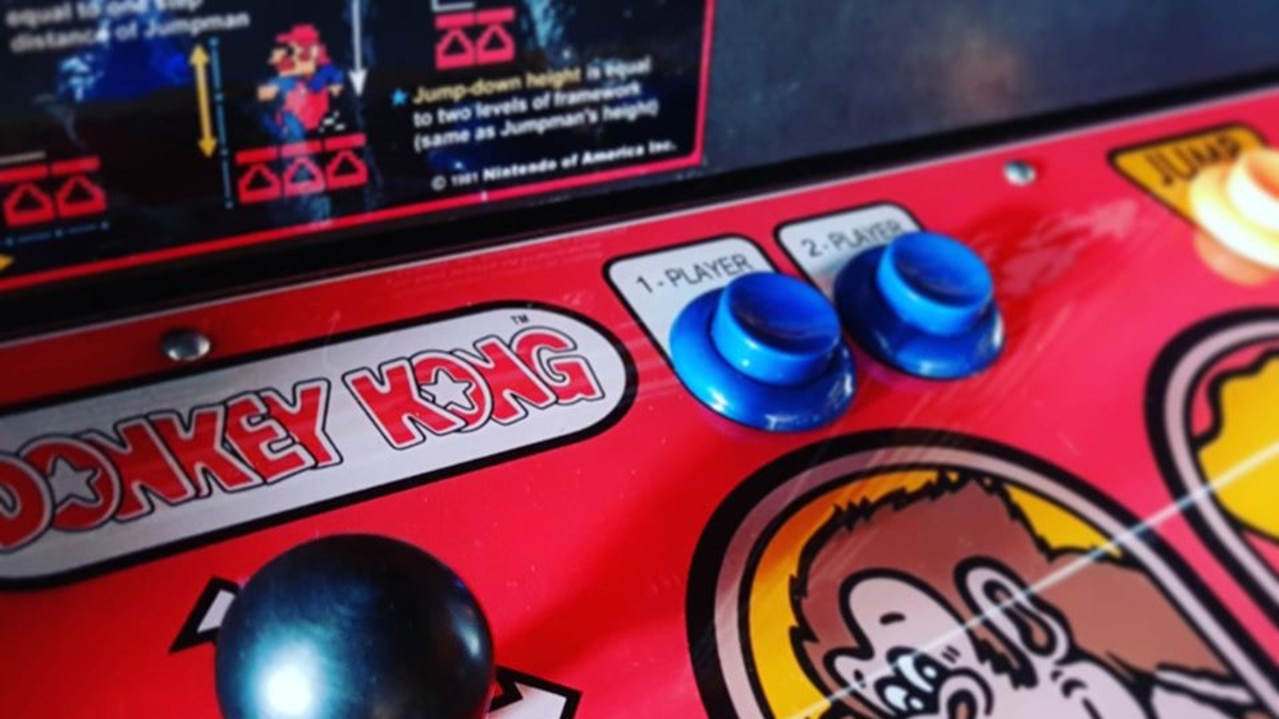
He says the social aspect of going to an arcade rather than playing at home is one reason retro-gaming is popular. Some older games are really challenging to play, too. Players want to break world records for the old games.
“There’s nostalgia, but there’s also a love and respect for what there was once,” Campbell says.
The 1989 is just one example of that love for old tech.
Last year Sony released PlayStation Classic, a shrunken replica of the original PlayStation with 20 old games. Battle Arena, Destruction Derby and Grand Theft Auto were among titles.
Sega got into the action with the Mega Drive Mini, a half-sized replica of the original that is bundled with 42 games.
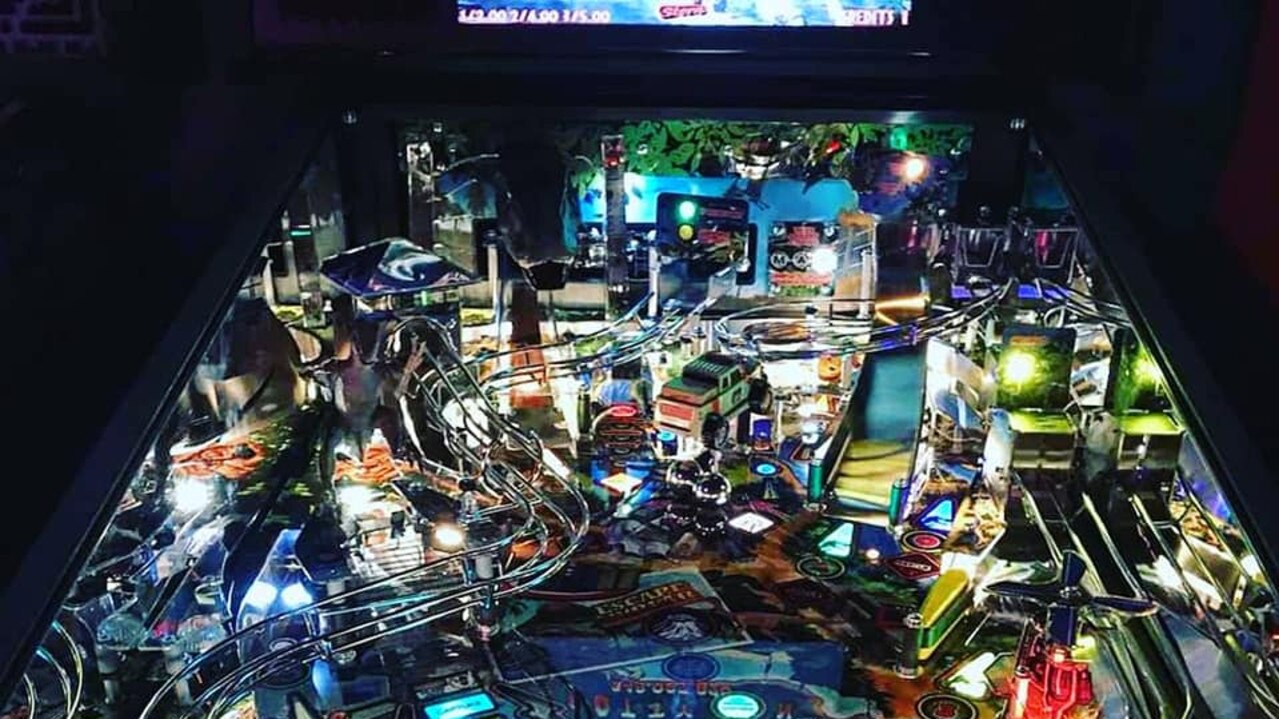
Nintendo, too, has been into retro devices, launching a replica of an 80s-style Nintendo Entertainment System in 2016 and again last year, then a 90s-style Super NES Classic Edition last year. The combined global sales of the two Nintendo consoles exceeded 10 million, gaming site destructoid.com reported.
More is to come. A full-sized replica of the Commodore 64 hits the market on December 5. The original 1982 version was the first programmable home computer this reporter had. I vividly remember entering dozens of lines of code only to have the unit freeze, forcing me to reboot and type them all anew. The new version includes some modern tech such as an updated joystick that plugs into one of the unit’s four USB ports. It connects to any modern television via HDMI. It features three switchable modes, one of which boots you straight into original C64 BASIC and VIC-20 BASIC. Frustrated BASIC programmers finally will be sated.
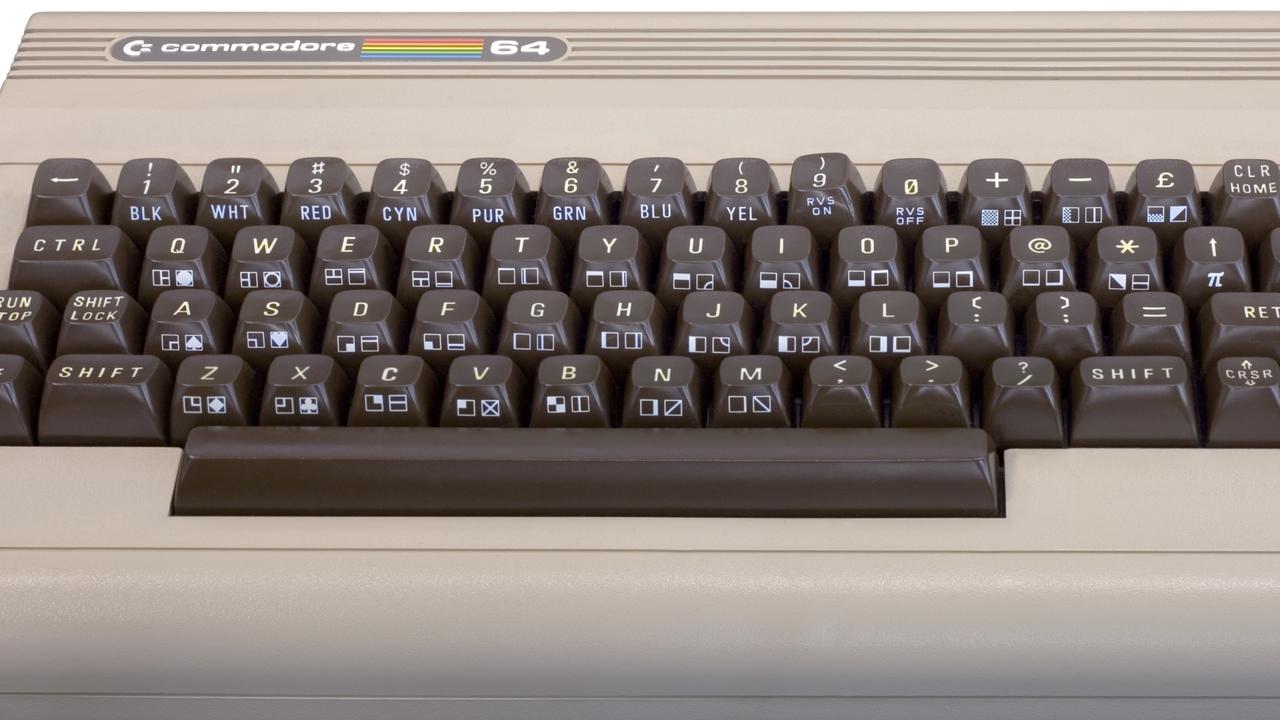
Pre-installed games include California Games, Paradroid and Boulder Dash. New additions include Attack of the Mutant Camels and Hover Bovver. You can relive keyboard gaming with Planet of Death.
Handsets also have entered the retro zone. Last week Motorola announced it would revive the Razr Flip phone using a foldable screen. It’s modern tech with yesteryear’s design elements.
HMD Global bought the rights to the Nokia handset name from Microsoft until 2024, and its output of Android phones has included a 3G-enabled replica of the Nokia 3310 from 2000 and a 4G version of the Nokia 8110 “banana phone” first launched in 1996. The updated banana phone has Google’s voice assistant installed, but using the built-in browser is a nightmare and it was a relief for me to return to modern tech.
Cameras are back, too, such as the Polaroid Originals line, which produces old-style prints in a few seconds — although the truth is that Polaroid instant photos never really went away.
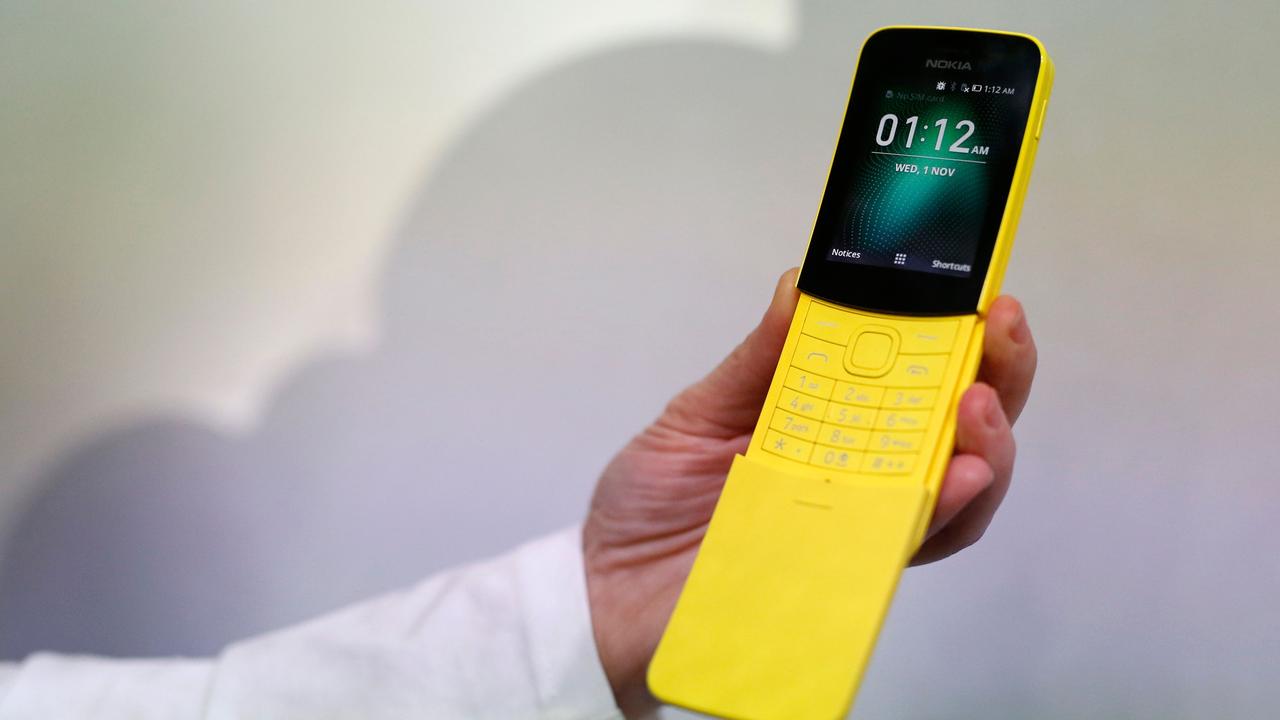
Austrian entrepreneur Florian Kaps bought the factory in 2008 when Polaroid announced it would cease making instant film materials. Kaps set up the Impossible Project to bring instant photos back and in 2017 it was renamed Polaroid Originals. We’re still waiting for Kodak to re-release a Super 8 camera, though. It was promoted at the start of last year but no release date has emerged. It has a 4-inch viewfinder and can handle 18, 24, 25 and 36 frames per second, says the Kodak website.
The biggest retro phenomenon is vinyl. Sales of vinyl records and turntables continue to rise, with the Recording Industry Association of America reporting an 8 per cent spike in vinyl revenue last year to $US419m, its highest level since 1988. Sales of vinyl are expected to surpass CD sales sometime next year.
Last week Panasonic relaunched its Technics analog audio brand in Australia, where it had been axed nine years before, with four consumer turntables and a DJ turntable — the revived Technics Sl-1200, originally launched in 1972 and with sales of 3.5 million units.
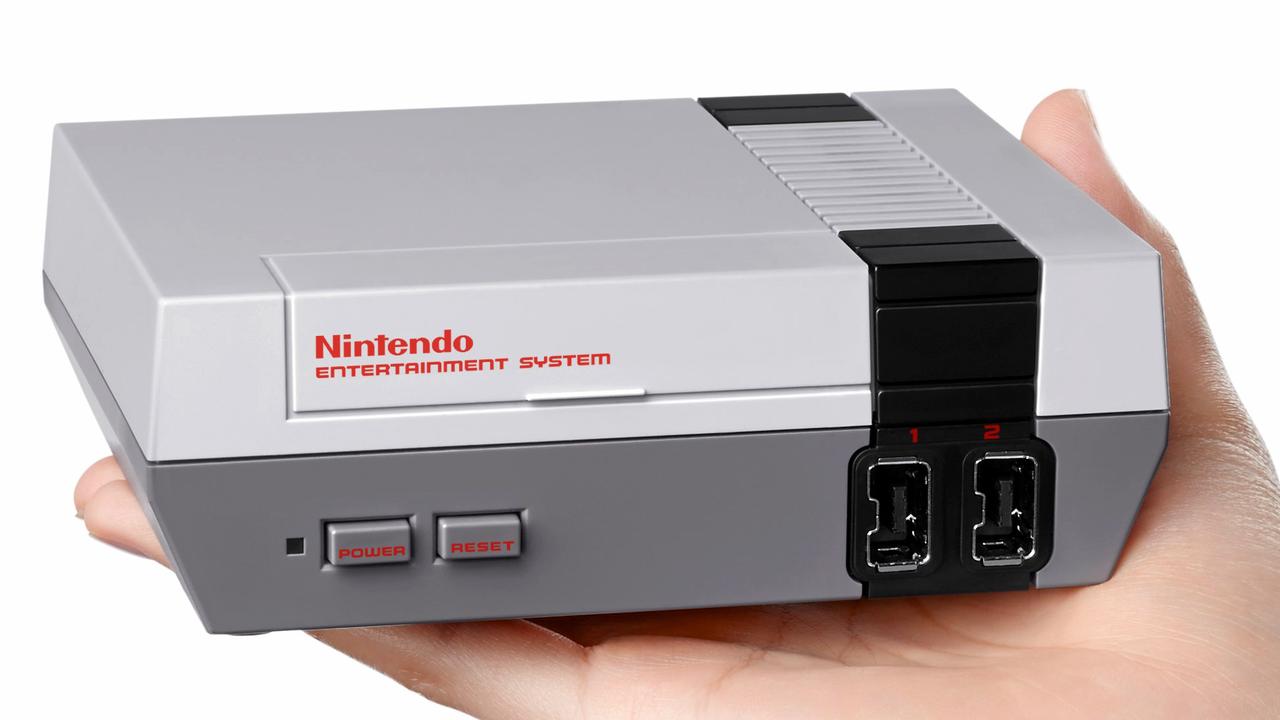
Some see the vinyl revival as blind nostalgia that ignores the obvious superiority of digital sound over the crackling and scratches of much-used vinyl. However, audio experts are among those who like vinyl.
University of Technology Sydney Tech Lab director Ray Kirby bought a Rega Planar 3 turntable just four weeks ago to play his vinyl collection. Kirby cautions that this particular audio discussion is outside his direct area of expertise, but he does have an opinion and understanding from his perspective of hi-fi.
“Vinyl is much more engaging to listen to,” he says. “I enjoy listening to it more than CDs. It’s warmer, it is more natural to me. But you’ll probably find a load of pretentious audiophiles who will say similar stuff.”
He says the quality of the sound system you use can make a huge difference. “I’m putting vinyl through a reasonable system. It’s not the cheapest system in the world. I also have a reasonably expensive and decent CD player that goes through a decent system made by Naim. It’s not rubbish. But, to be honest, I didn’t connect with CDs that much.

“Once you get to low-end, cheaper products, the differences are less noticeable, I would suggest. Those of us who work in acoustics are very used to being reminded that sound is very difficult to pin down.”
Several factors affect either format: mastering quality and medium, the quality of digital-to-analog and analog-to-digital conversions, and the capability of the player.
Kirby says some CD players reproduce higher frequencies better than others, and this affects audio quality. He says for some this won’t matter.
“I would say most people these days are used to listening to low-quality compressed digital music coming through streaming or low-quality CD players.”
Published in The Australian newspaper
